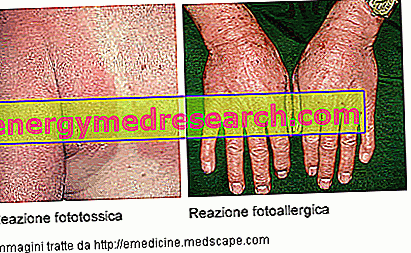SOME GUIDELINES
Physical activity helps keep blood pressure under control
In particular, aerobic exercises (running, walking, cycling, etc.) reduce both systolic blood pressure and diastolic blood pressure.
It is advisable to consult a doctor before embarking on a new physical activity program
Avoid holding your breath during toning exercises, learn the correct breathing technique
Weight training can be a valuable complement to cardiovascular activity, however it is important to use moderate loads and perform a high number of repetitions.
Since many drugs used to treat circulatory problems can alter the heart rate, do not use the heart rate monitor but the effort perception scale to monitor exercise intensity
Keep yourself well hydrated: drink both before and during and after exercise
Get up slowly after performing exercises on the ground in order to avoid the so-called orthostatic hypotension, or that sudden drop in pressure responsible for dizziness and fainting when you get up from a lying (clinostatic) or sitting position.
Stop exercising immediately and consult a doctor if you experience dizziness, joint pain, heart irregularities, a heavy feeling of breathlessness or tightness.



